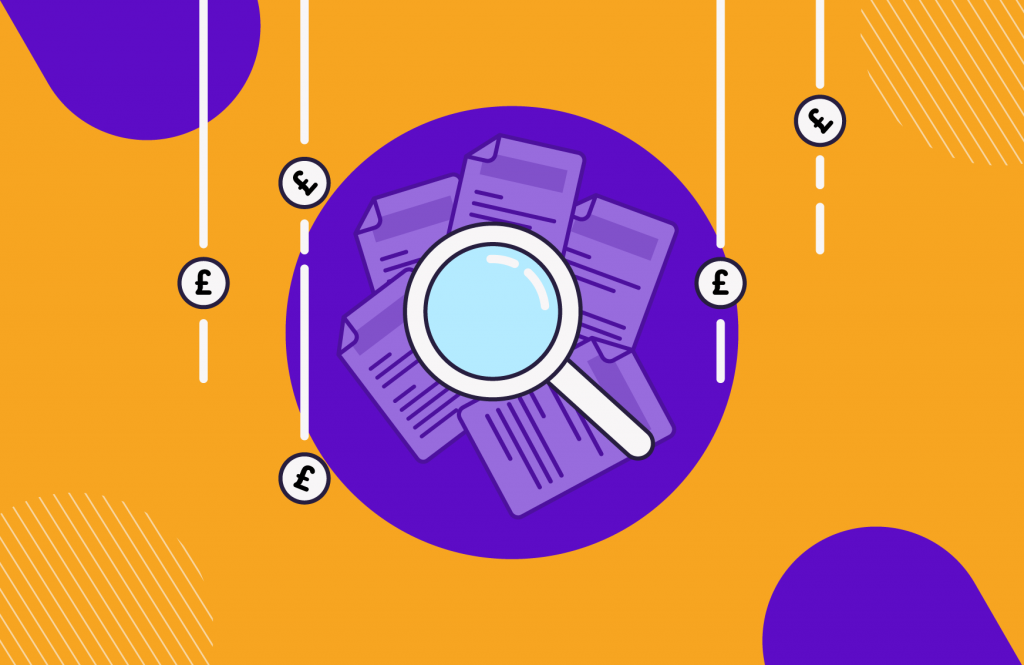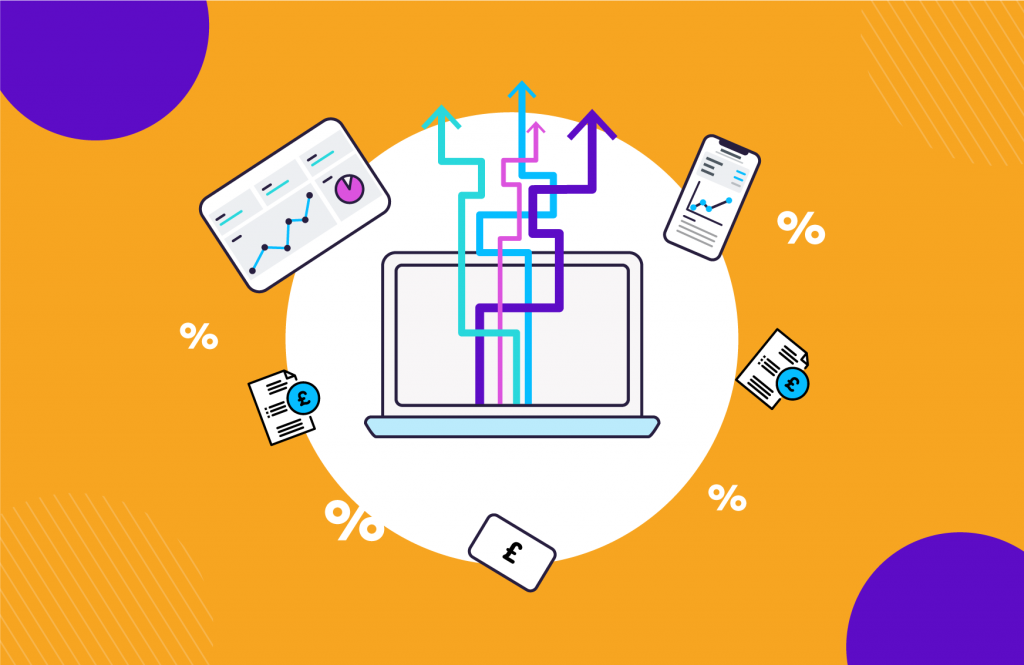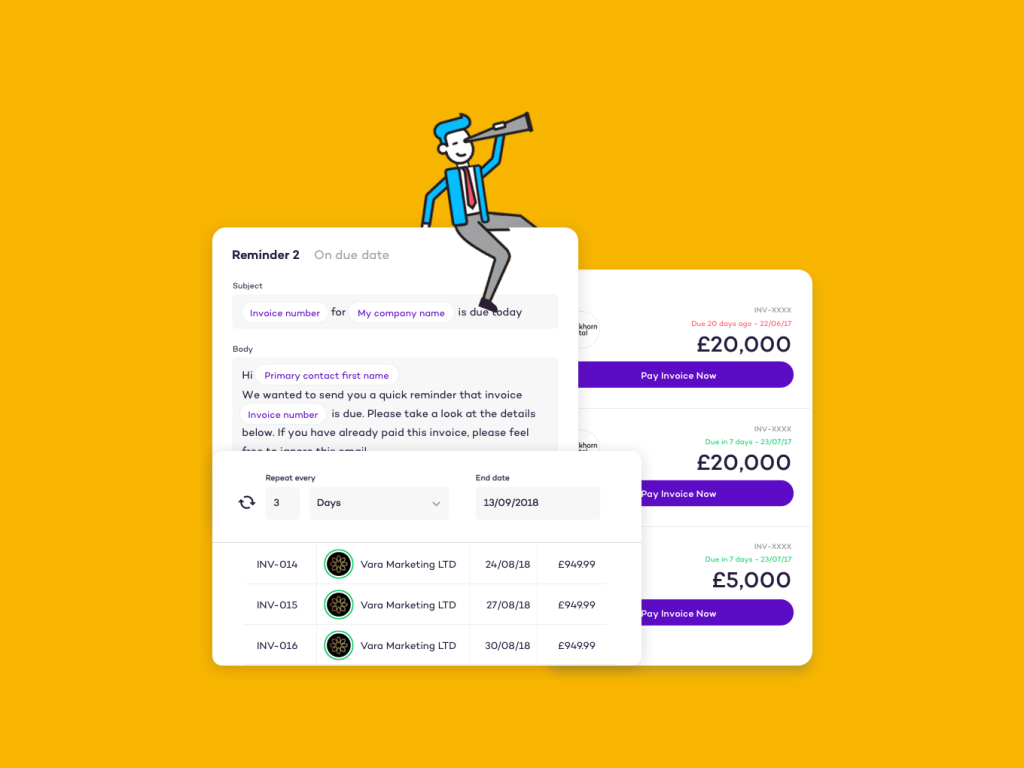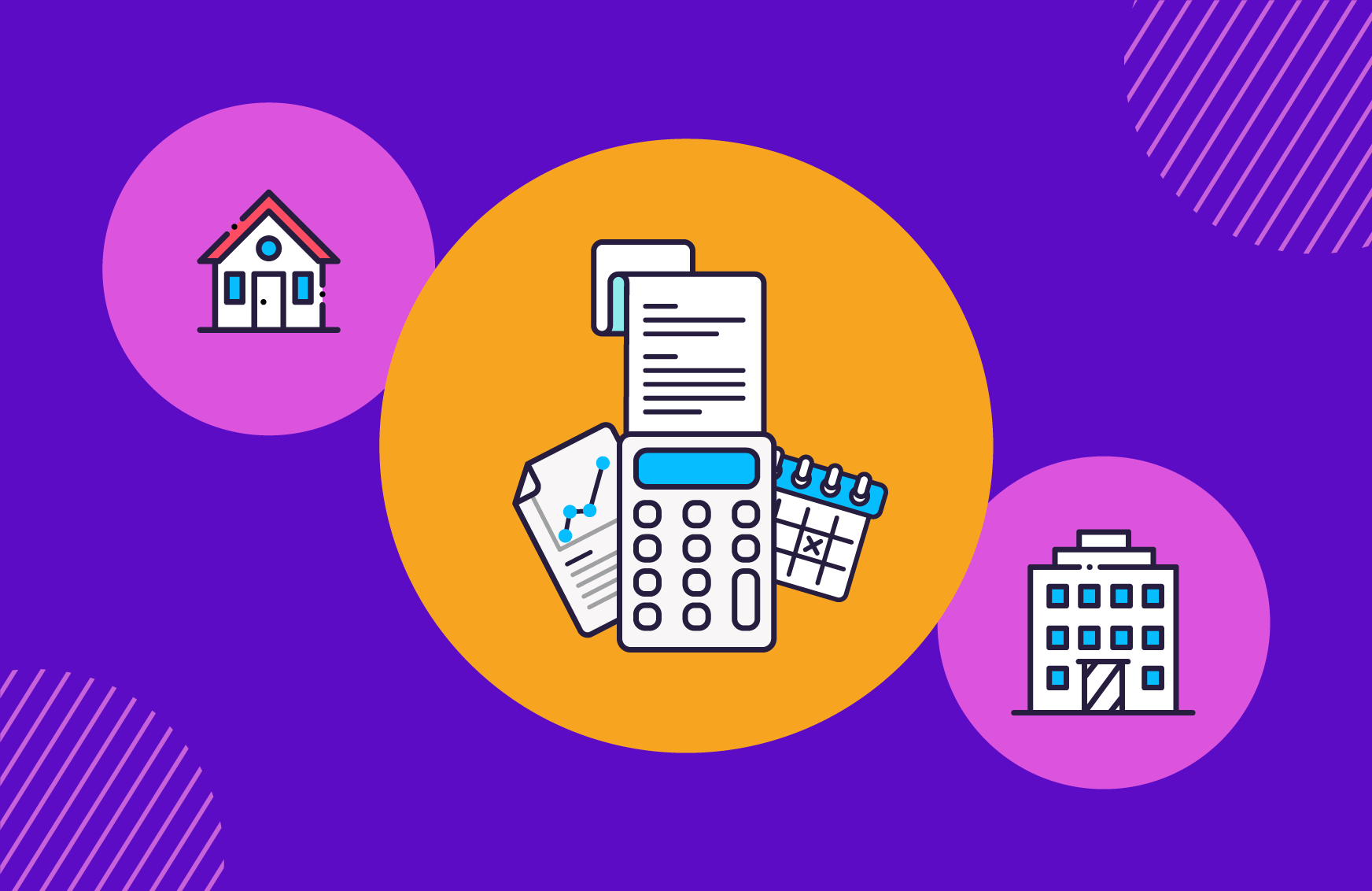Should you increase your freelance day rate to keep up with rising inflation?
The majority of us don't need to have it pointed out to us - pretty much everything's going up in price. Compared to 2022, a litre of olive oil has risen in price by 65% in 2023, a few bell peppers could cost 117% more, and the ingredients for a classic full English have risen by 24.4%.
Services are rising faster than raw goods too. Service businesses have increased their prices by 24% on average between January 2022 and January 2023. This is partly because their costs have risen so much - buying ingredients, raw materials, and heating their premises is not cheap in 2023.

What is the rate of inflation and what does it mean for your freelance business?
The rate of inflation reflects how the price for goods and services changes over time. According to the Office for National Statistics, the rate of inflation is currently 8.9%. It's been rising rapidly since February 2021, when it was just 0.7%.
Your freelance business won't necessarily buy or use raw goods, but you're experiencing the same rise in costs as everyone else. Energy costs, food bills, and the general cost of living has risen sharply - if you're charging the same amount you were charging before 2022, it's time to reassess.
It's normal to be reluctant to raise your day/hourly rate
Recent statistics from the Bank of Scotland's UK Sector Tracker demonstrate British service businesses are raising their prices conservatively on the whole. UK businesses raised their prices at the slowest pace in almost two years.
Most small businesses are reluctant to pass rising inflation onto their customers, especially when everyone's feeling the squeeze. However, it can be the difference between surviving and closing down permanently.
Freelancers' biggest fears when it comes to raising their rate can include, losing or alienating their clients, or just triggering difficult conversations with them. Some freelancers struggle to determine their worth and undercharge for years, regardless of the rate of inflation.
It's normal to worry about how your clients could react, but it doesn't mean you should maintain the status quo, especially as life becomes more and more expensive.

How to have the price rise conversation with your clients
Be transparent. We've all received a badly-explained price increase from our broadband company, or seen the price of pasta rapidly rise on the supermarket shelves. When a price rise doesn't make sense or comes out of the blue, we're far less likely to accept it. Be clear on the why and your clients will be much more receptive and understanding.
If your client/s set the rate you're being paid - which is quite common for freelancer agencies - you still have freedom to negotiate. It's unlikely that all the freelancers they work with will be on the same rate. It will vary based on experience and service level provided, but it can also depend on how good they are at asking for what they want.
Time it well. Raise prices when a contract is coming to an end and it's time for renewal, or it's time to pitch for new business. This is a time to negotiate what you want and for your client to do the same - a conversation about pricing will be expected.
Be informed about what you can get somewhere else. When negotiating a pay increase in full-time employment, it's essential to know what you could expect to be paid elsewhere. Similar competition rules apply for freelancers.
Make modest increases with your existing clients. You can double your previous rate when pitching to new clients (if you want to), but renegotiating with existing clients demands a bit more caution.
Remind clients of your value. The best way to do this is to keep producing great work on time (just like you always do) and demonstrate your value every time you work with your clients. This is the best position to negotiate from.
What if they say no?
This is probably the main thing freelancers ask themselves before they negotiate a higher price for their work. What if they don't want to? What if they never work with me again? What if they're offended? It's enough to put some people off from asking completely.
What you imagine will probably be much worse (and more vivid!) than what actually happens. And if your client does say no, you have options elsewhere. If they value your work and your rate increase is competitive and proportionate, they'll pay it.
4 signs it's time to raise your freelancing prices (other than rising inflation)
- You can charge more somewhere else.
- You haven't increased your rate in a few years, despite becoming more experienced/skilled.
- You've been with the same clients for years at the same rate.
- You're doing more and more for your clients without being paid more.

Solna will help you get paid on time
Whatever you're charging, the last thing you want to do is chase payments you should have received *checks calendar* last month.
With Solna, you can automatically chase invoices and accept online payments - which speed up payments by 3x on average. Plus, it's free FOREVER.








